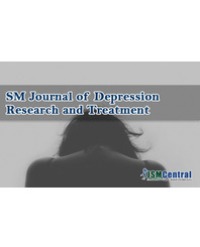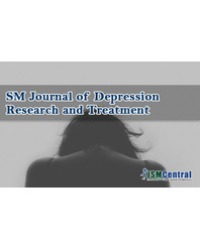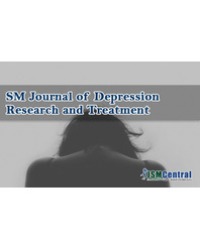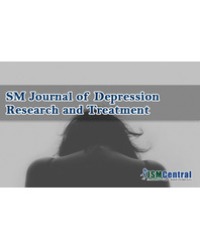
Effectiveness of Telephone-Based Therapy in the Management of Depression: A Systematic Review and Meta-Analysis
Background: There are a couple of independent studies examining the effectiveness of telephone based therapy for the treatment of depression. However, up-to-date systematic reviews are lacking.
Objective: To evaluate the effectiveness of telephone-based therapy in the management of patients suffering from depression compared with the usual care.
Methods: A systematic review and meta-analysis of randomized controlled trials was conducted that compared telephone-based therapy with usual care for depression. We searched MEDLINE, EMBASE, PsycINFO, CINAHL, and CENTRAL (up to August 28, 2012) to identify eligible studies. The primary outcome was depression level at the end of the intervention. We pooled the mean depression level data from the studies using standardized mean difference using the random-effects model.
Results: A total of 11 studies met the inclusion criteria. Nine of these studies was considered for the pooled analysis. Comparison of depression levels in the immediate post-intervention period from the seven studies included in the pooled analysis was in favour of telephone-based therapy (standardized mean difference = -0.43; 95% CI: -0.74-0.12). In the remaining two studies, telephone-based therapy resulted in a statistically significant improvement in clinical outcomes and patient satisfaction. A longer duration of intervention and the presence of known medical comorbidity was positively associated with the effectiveness of telephone-based therapy. The overall effect was stable when studies with extreme characteristics were excluded. Intervention results were found to be sustained throughout the follow-up period.
Conclusion: Telephone-based therapy could be more effective than face-to face therapy in reducing the symptoms of depression. However, further research is required to establish the applicability and costeffectiveness of telephone-based therapy for routine depression management in health systems.
Tilahun Nigatu Haregu¹*, Oyun Chimeddamba², and M Rakibul Islam²




